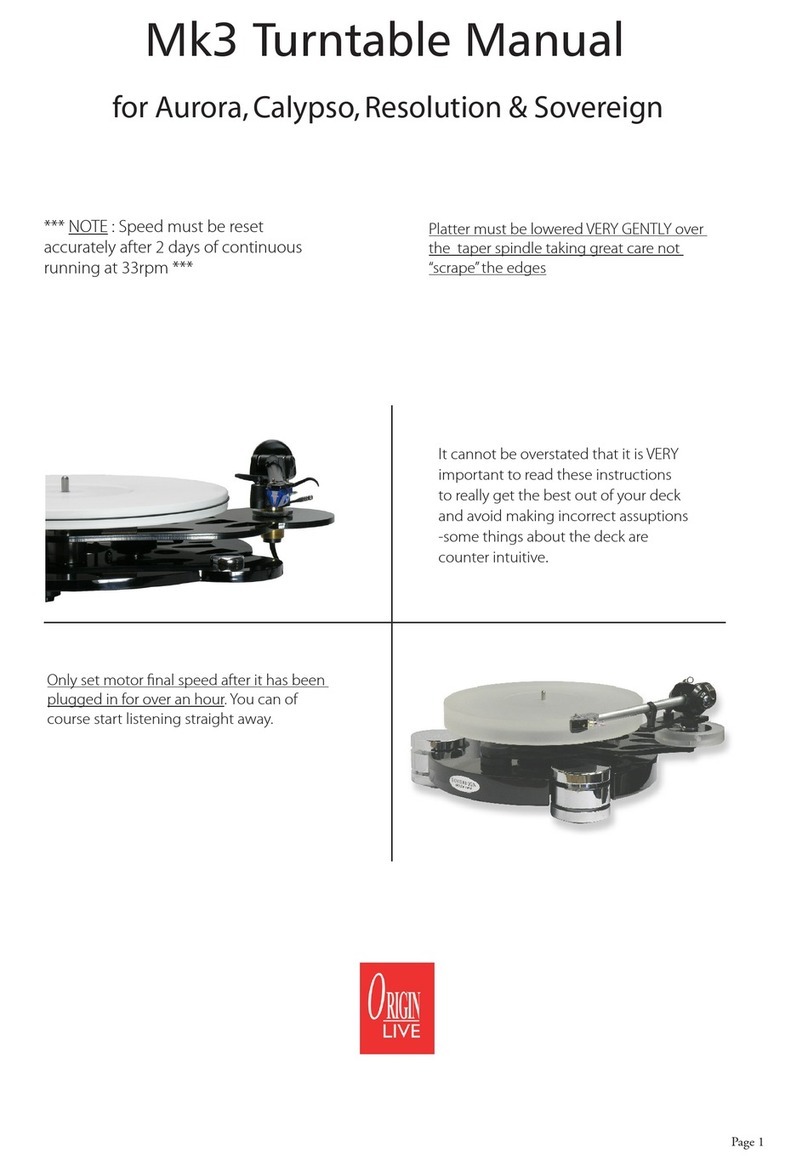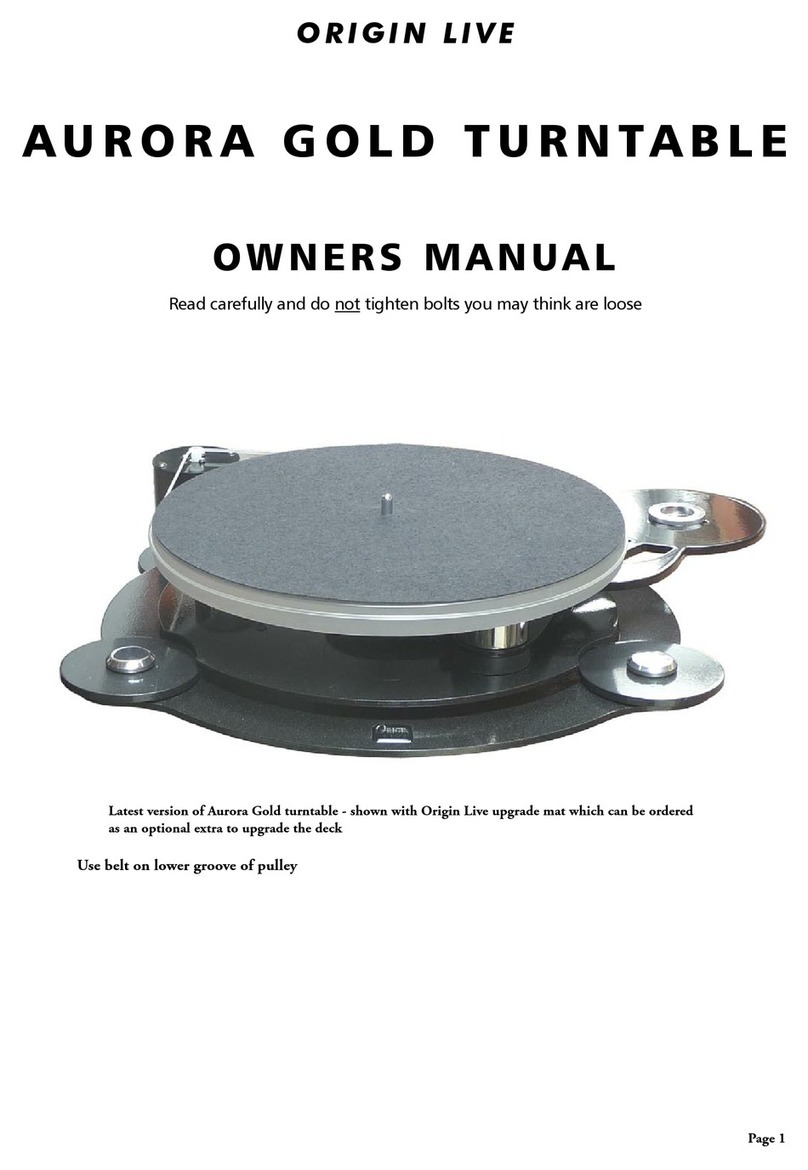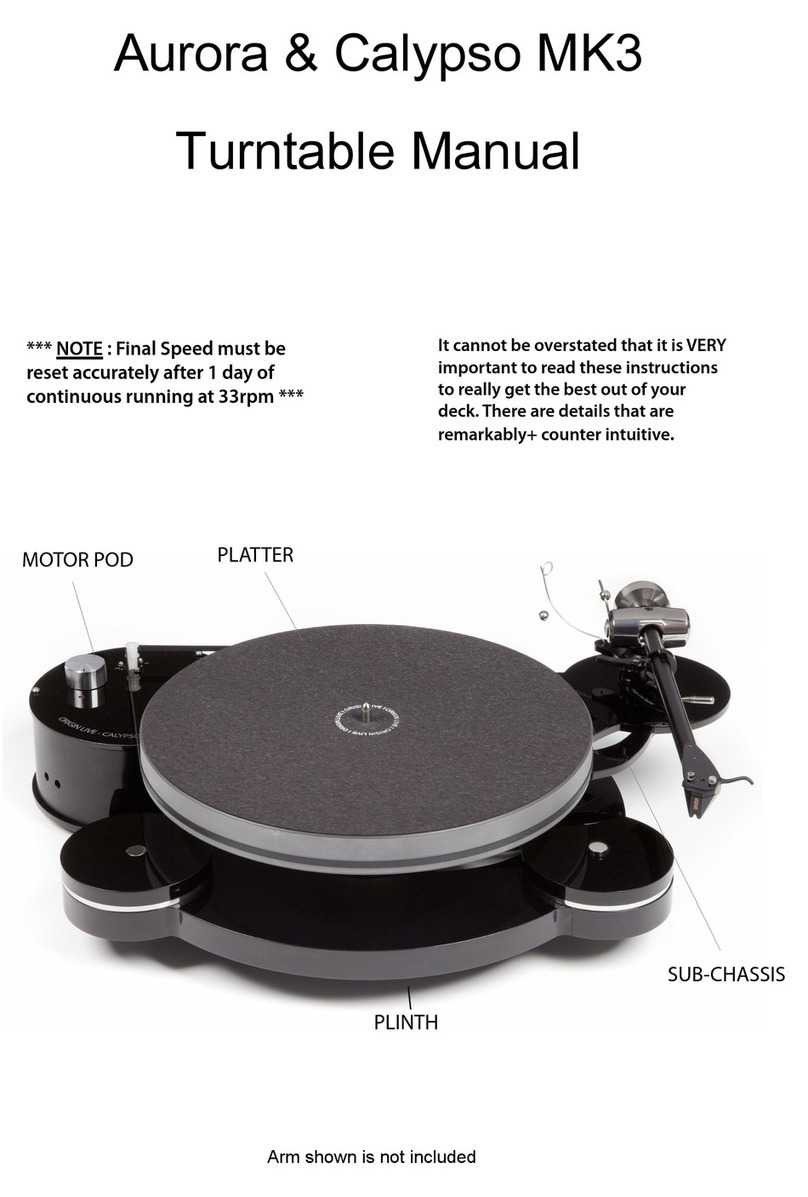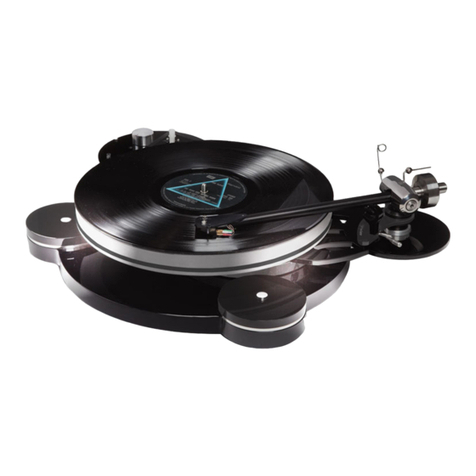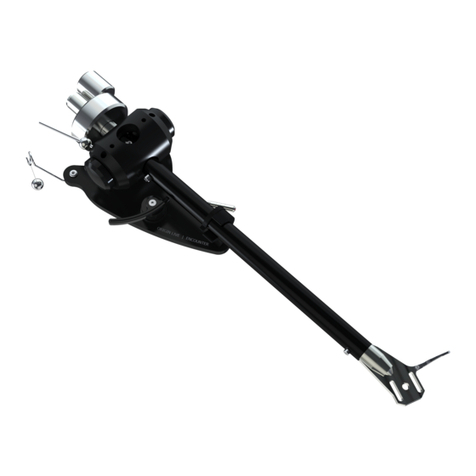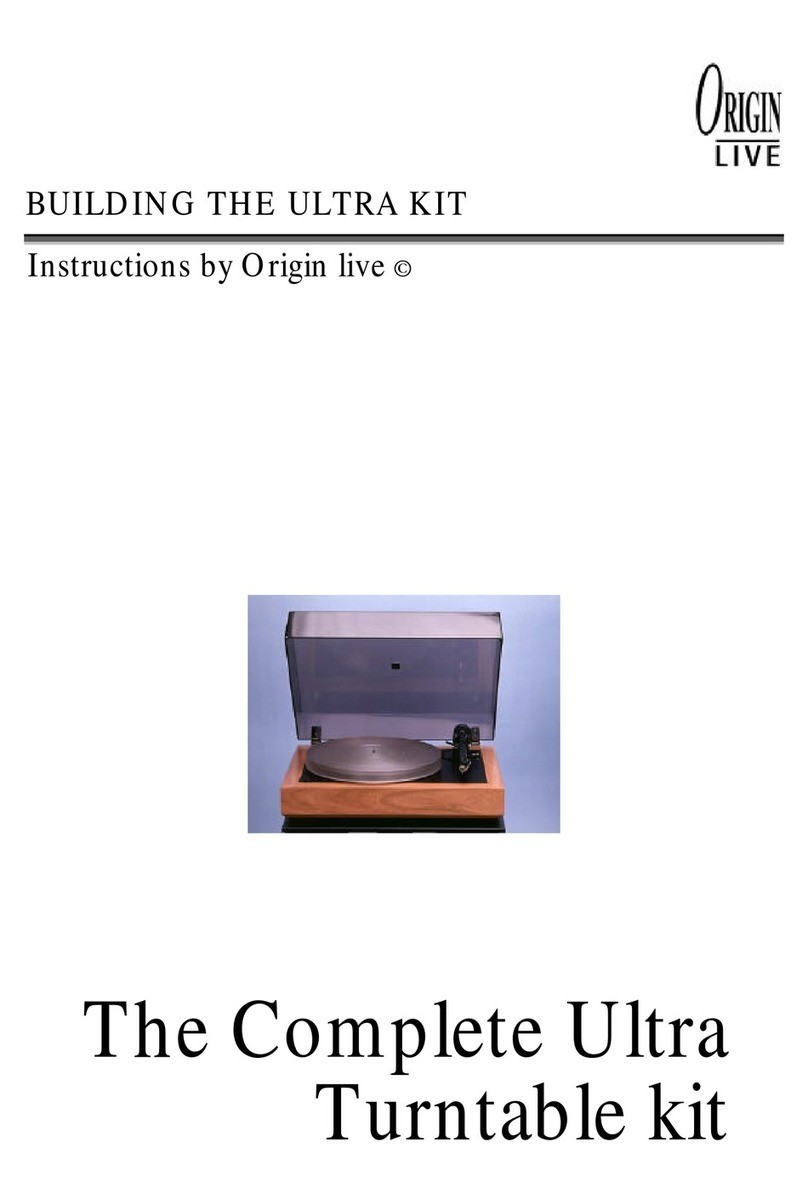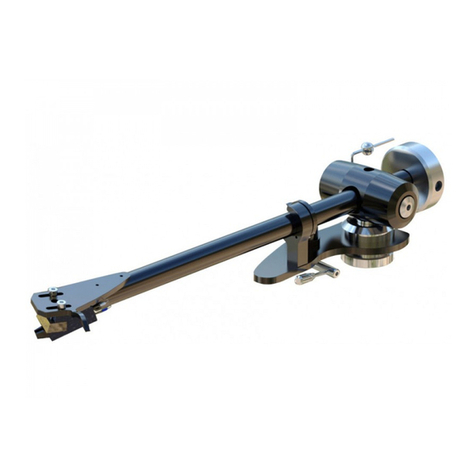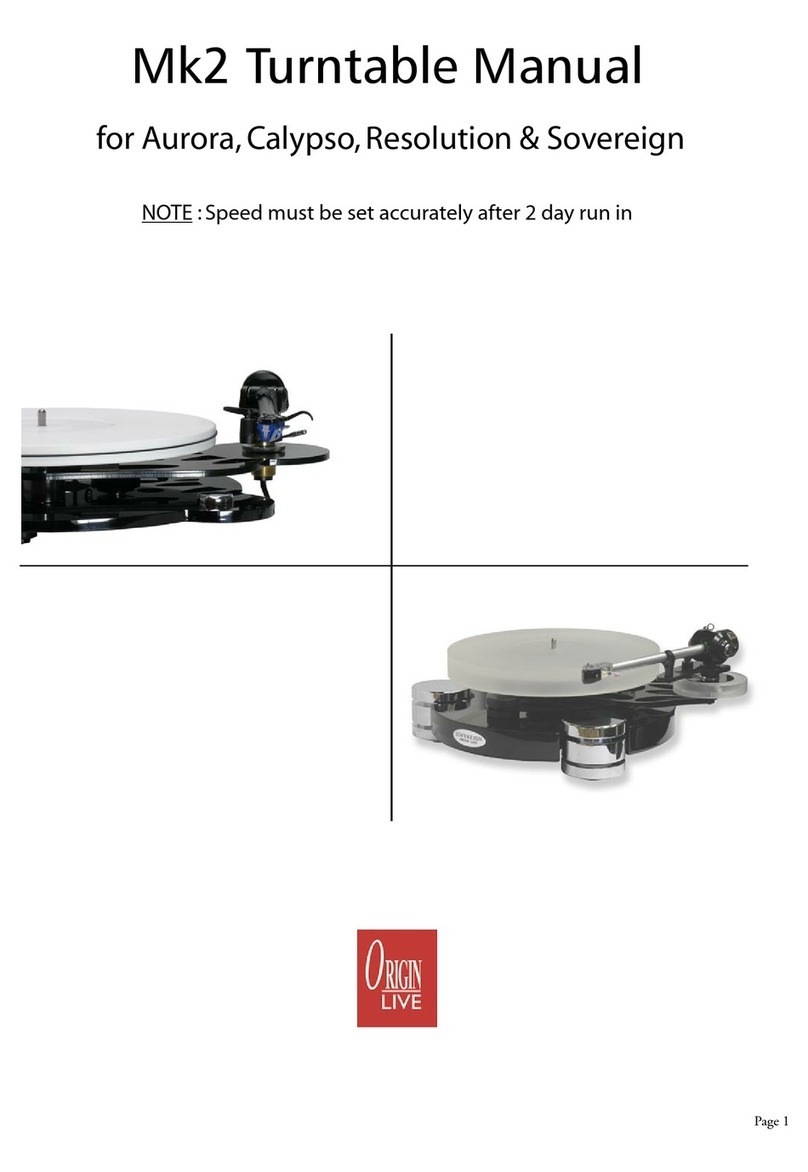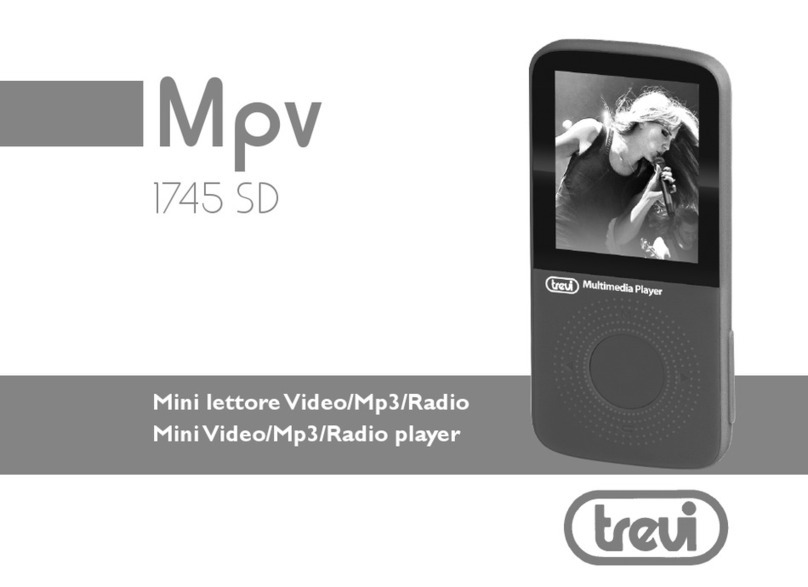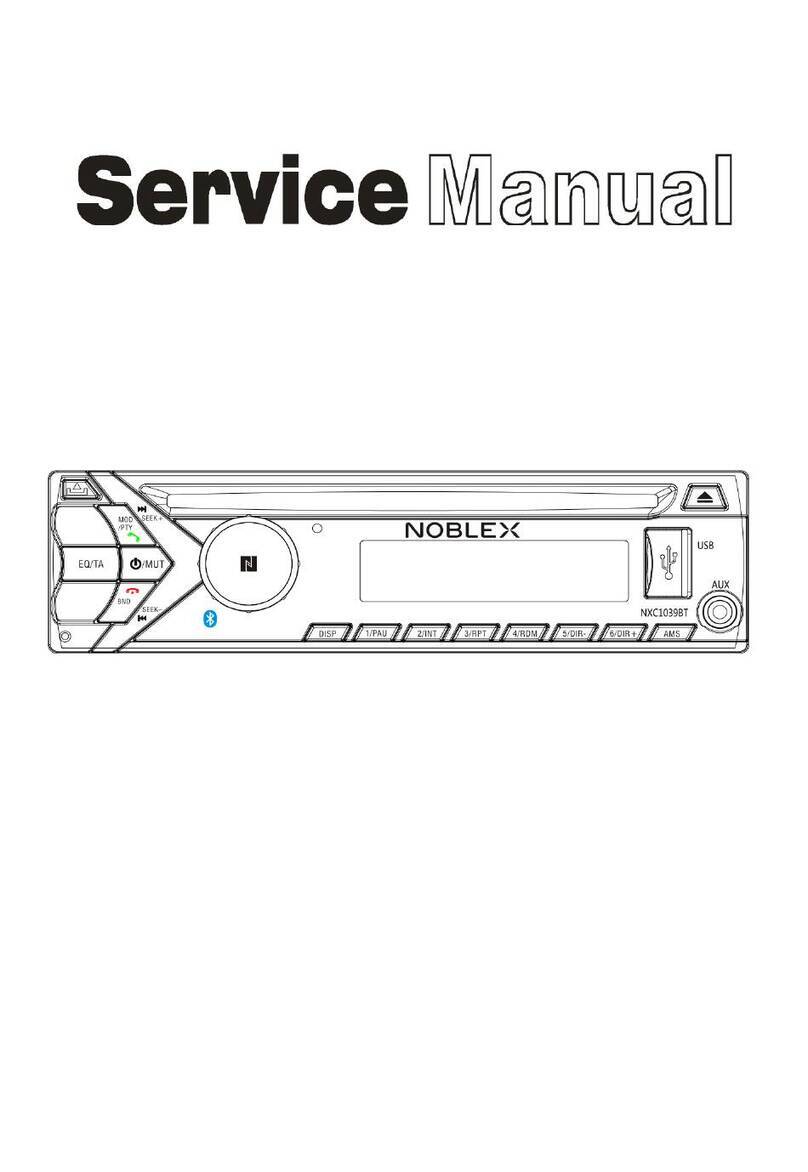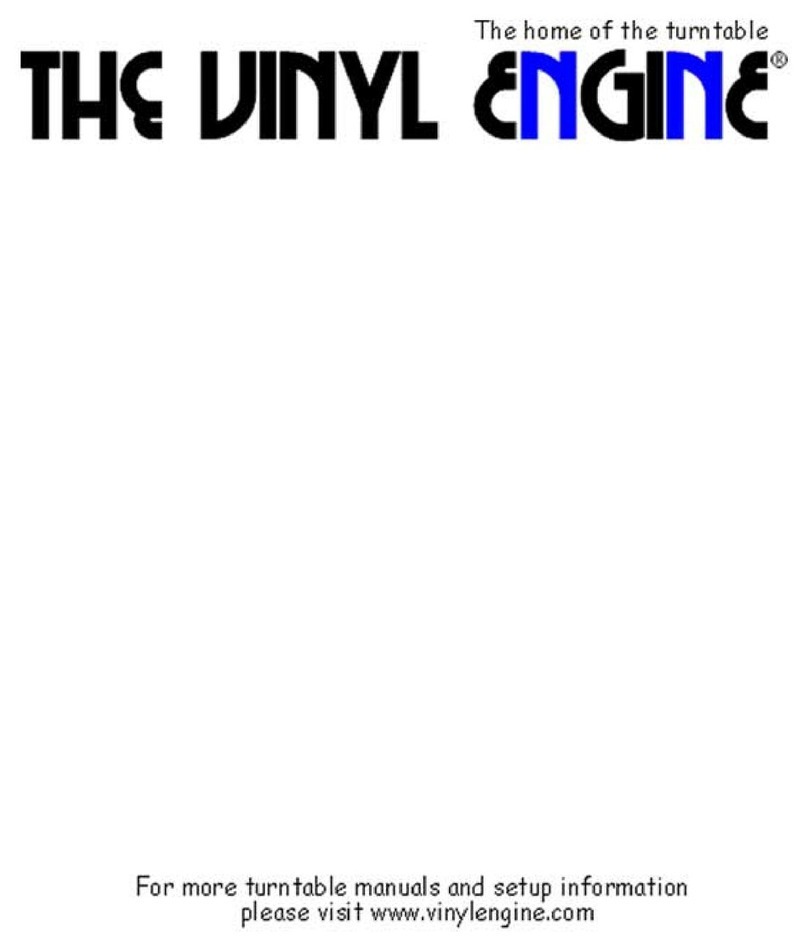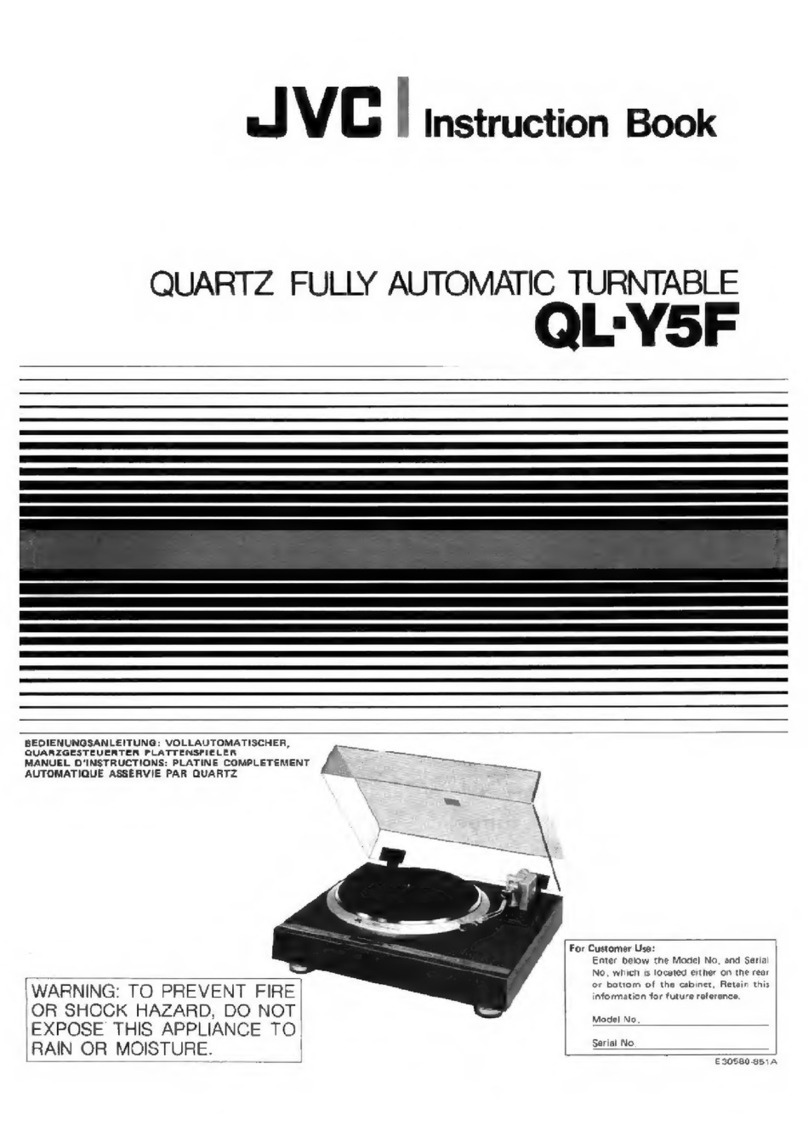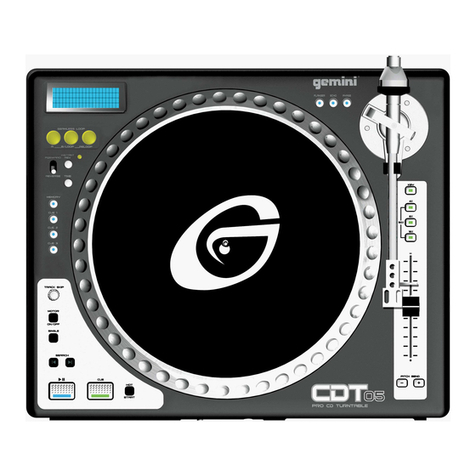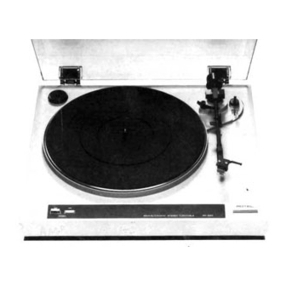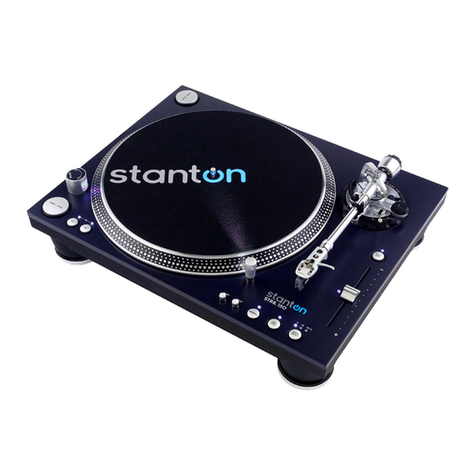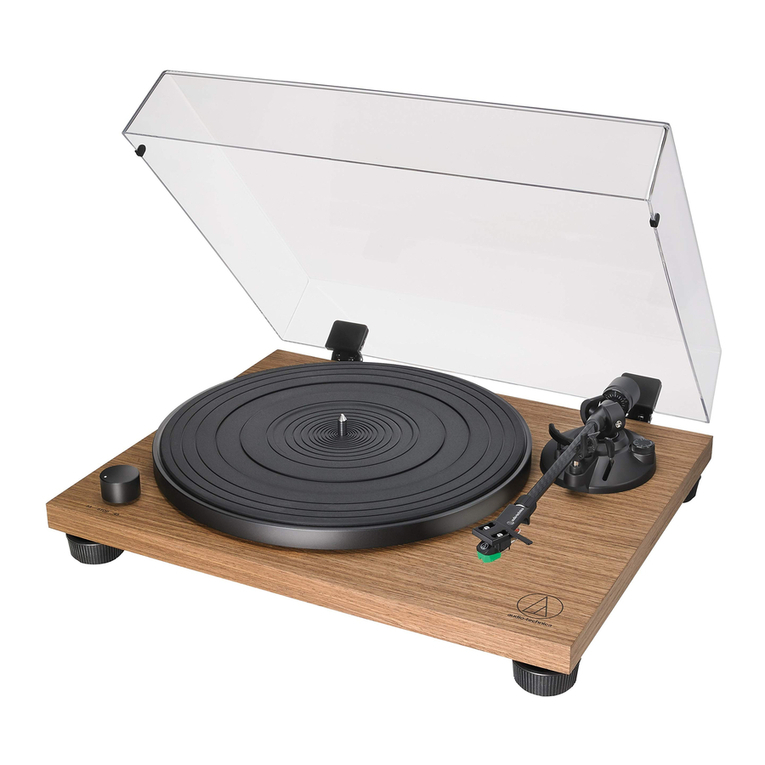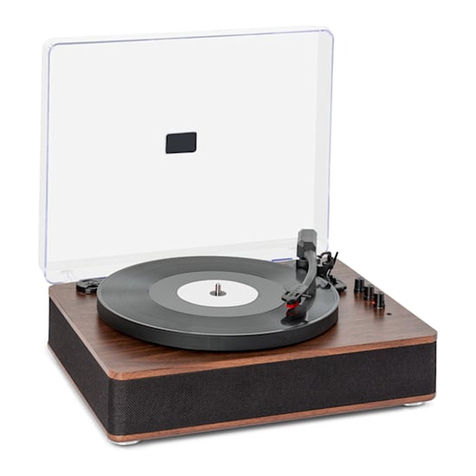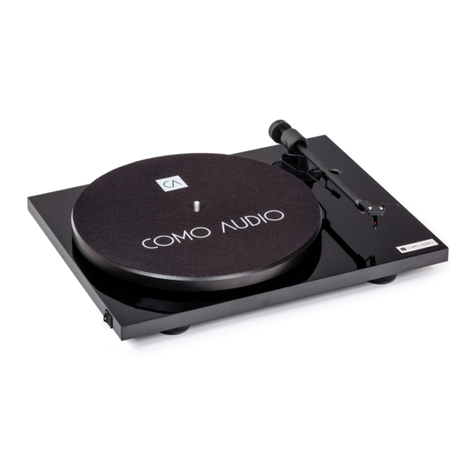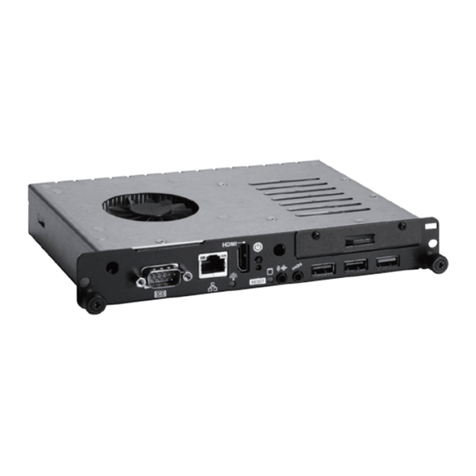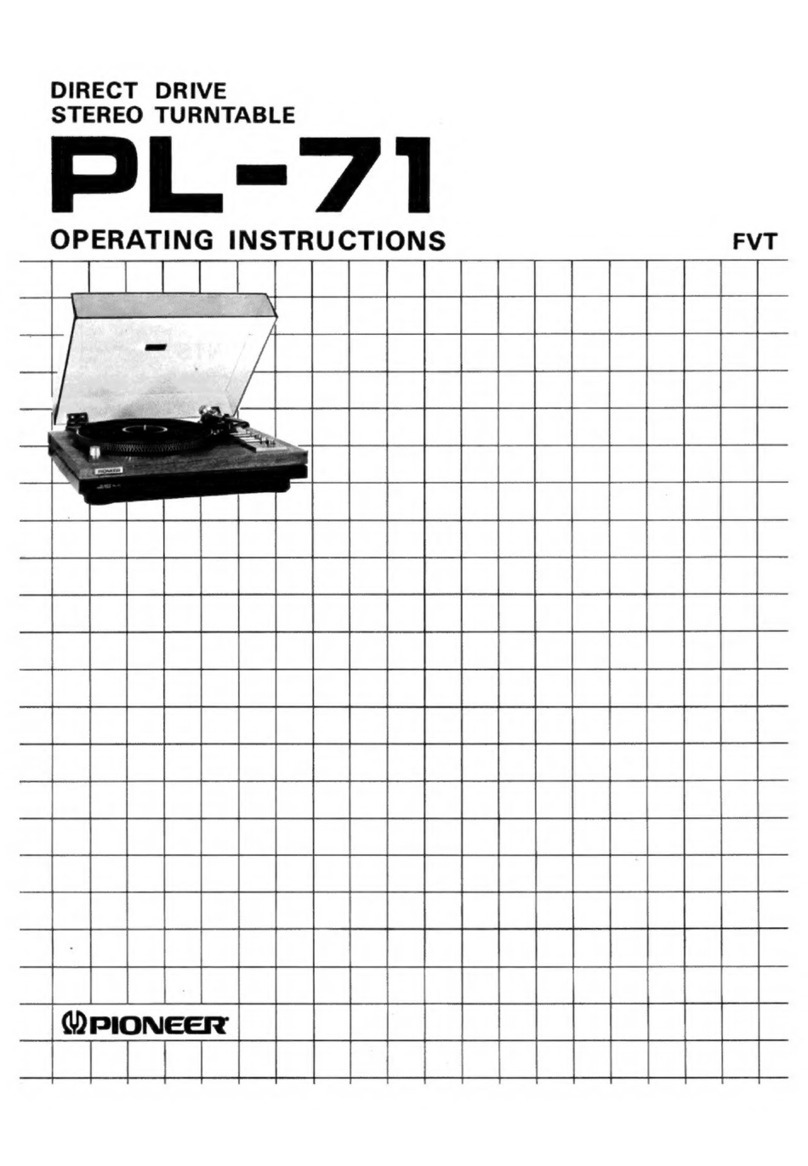8
Installing the standard kit of parts
Introduction
The standard kit of parts includes all that is required to build a turntable apart from a Plinth. Once one starts thinking
about what sort of plinth to design, one is faced with the question of suspended or non-suspended?Non-suspendedis
certainly the easiest but suspended designs are more popular as they arguably produce superior results. The Standard kit
of parts can be used for both types of design. If you choose to start with a non-suspended designyoucanalwaysupgrade
the design to a suspended type at a later stage. We supply a number of optional parts to cater for upgrading and
alternative ideas. This section provides guidance on the installation of the standard kit of parts into
The plinth of an existing turntable
A custom made deck to your own design.
The Origin Live standard plinth
Whichever of the above options you have chosen it is important to refer to the instructions found in the section-“Ultra
kit turntable assembly”. This covers a typical installation and should be read thoroughly and referred to for guidance.The
section you are reading now is designed to complement these instructions by describing alternatives. This may seem a
little confusing at first but is necessary due to thehuge number of options available and the need for a flexible approach
to cover all eventualities.
Because of the enormous range of possibilities for the first two of the above three types of installation, this section can
only cover general principles. It is important on a project of this nature to think through all the steps in detail before
starting (i.e. read all the instructions first). For a suspended sub-chassis model it is wise to check that no fouls exist in
your design by the use of a hardboard full scale template or drawings.
If you have ordered the Origin Live standard plinth for a non-suspended design then you will be able to sift out the
relevant information to build the kit in this section with additional reference to the later sections.
Origin Live Standard Plinth
If you have the Origin Live Standard Plinth then most of the hard work is already carried out -dimensions for the plinth
are shown on a following page. Assembly is best carried out in the following sequence:
Fit the 3 large rubber feet first by screwing them into the predrilled holes on the underside of the plinth. Only tighten the
screws sufficiently to hold the rubber feet on–do not keep tightening as there is no purpose in doing so and they will
go through the rubber.
Install the motor and switch assembly (see attached sheets and diagram in this section).
Fit the lid if you have one -as described in the Ultra kit section.
Screw on the main bearing plate and install the main bearing (as described later in this section).
Fit the sub-platter, belt, platter and tonearm as described in the Ultra kit section.

